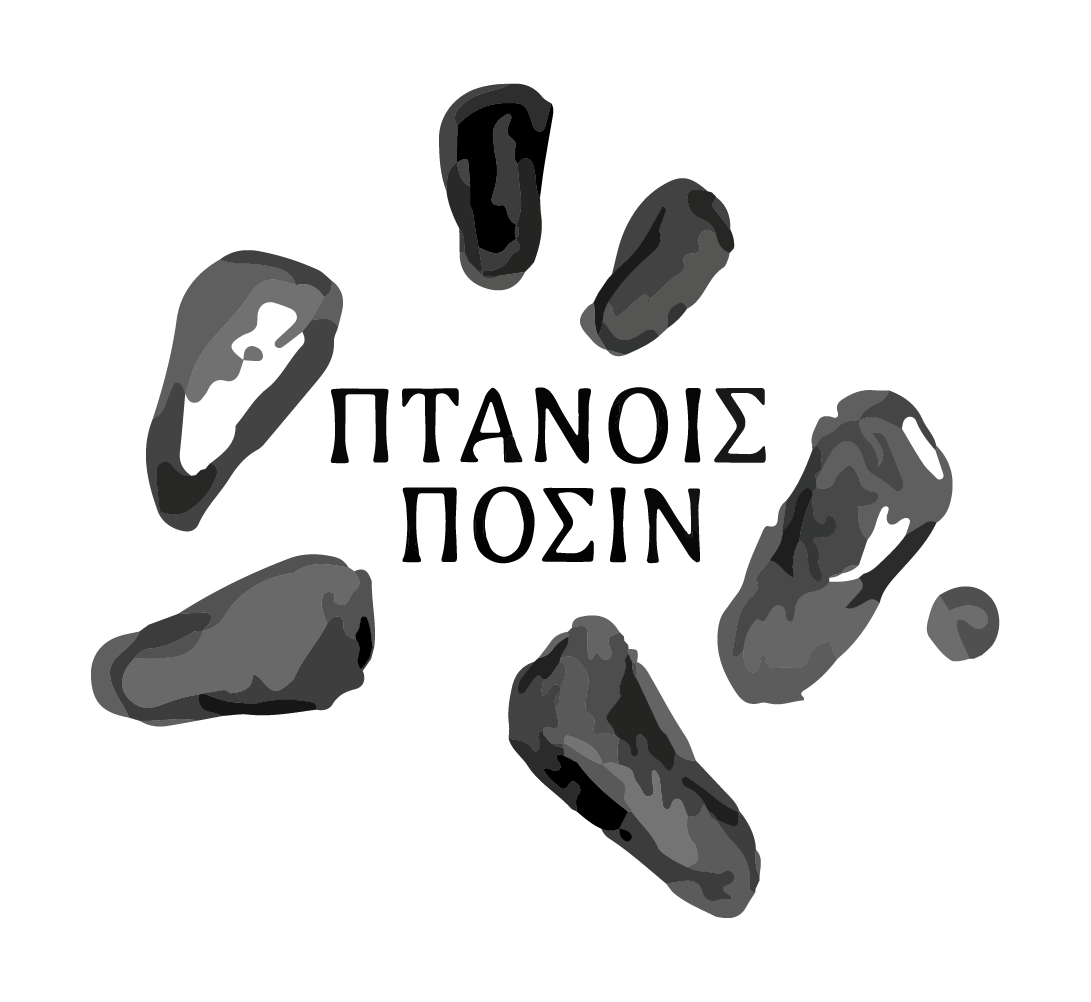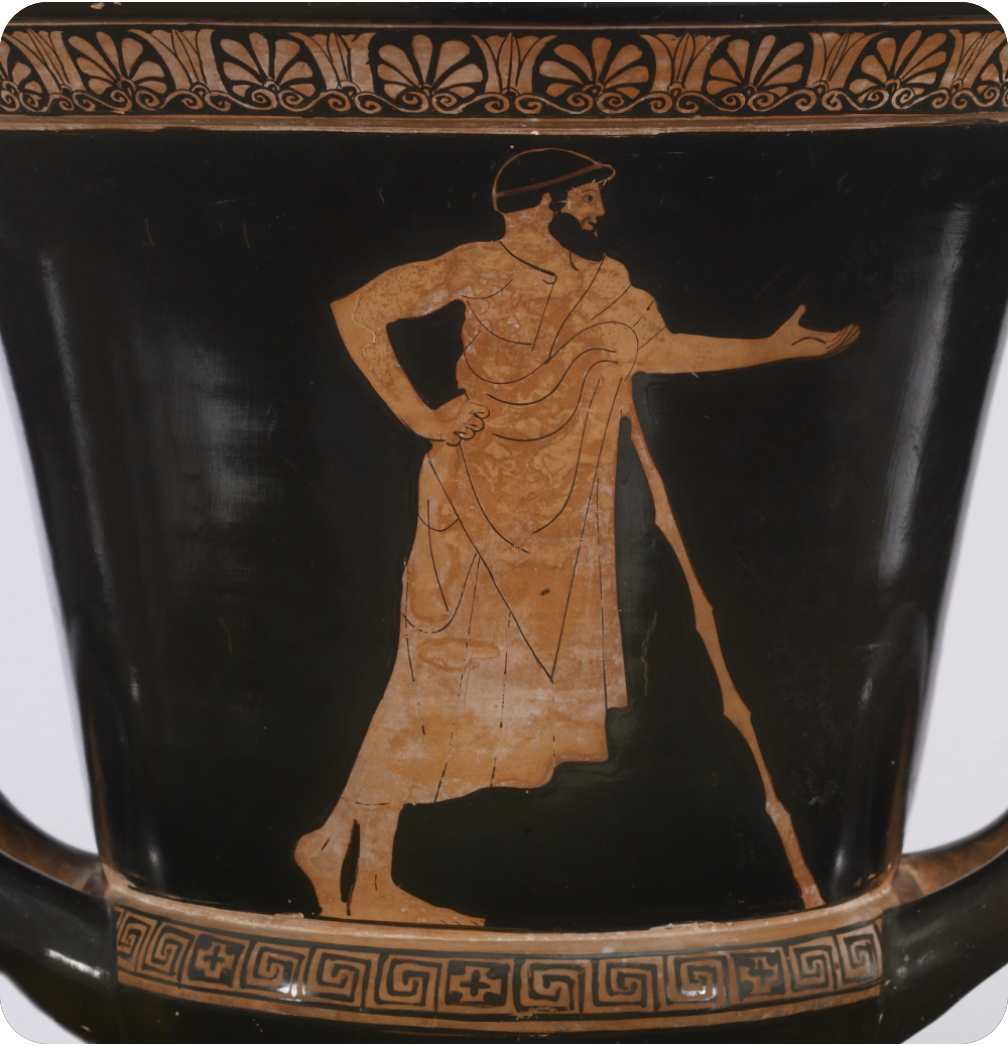FD III 3, 217
Amphiklos of Chios, the son of Kallistratos: epic poet, hieromnemon
Date:
246-242 BC
Edition:
ἐπὶ Ἀμύντα ἄρχοντος [ἐν Δελφοῖς, βουλευόν]-
των Ἐρασίππου, Κα̣λ̣[ . . . . . ca. 14 . . . . . , ἐπει]-
δὴ Ἄμφικλος Καλ̣[λιστράτου Χῖος, ποιητὰς]
ἐπῶν, ἀποστα[λεὶς ἱερομνάμων -ca. 6- Ἀμ]-
φικτιον[ – – – – – – – – – – – – – – ]
[ . ]Π[ – – – – – ]
Translations (en):
“When the archon at Delphi was Amyntas, and the members of the council were Erasippos, … : since Amphiklos of Chios, the son of Kallistratos, epic poet, has been sent as hieromnemon to the Amphictyons …”
Translations (it):
“Sotto l’arconte Amyntas a Delfi, essendo buleuti Erasippos … poiché Amphiklos di Chio, figlio di Kallistratos, poeta epico, essendo stato inviato come ieromnemone presso gli Anfizioni …”
Commentary (en):
Amphiklos from Chios is an example of artistry and public offices coming together. His activity is attested in Delos and Delphi in the middle of the third century BC. He praised the sanctuary and the people of Delos (see IG XI 4, 572) with his verses and, in Delphi, this ποιητὰς ἐπῶν is not only attested in a
catalogue of proxenoi (Syll3 444C, l. 4) but he also acted as hieromnemon, strengthening the positive relations between the Aetolians and his birthplace.
Commentary (it):
La figura di Amphiklos di Chio è esemplare per comprendere il rapporto osmotico che esisteva tra professionalità artistica e incarichi pubblici. La sua attività è attestata a Delfi e a Delo alla metà del III secolo a.C. Onorò con i suoi versi il santuario e il popolo di Delo ed è possibile seguire le tracce di questo ποιητὰς ἐπῶν anche a Delfi dove è attestato in una lista di prosseni e in qualità di hieromnemon. La sua attività era chiaramente volta a costruire positive relazioni tra gli Etoli e Chio.


